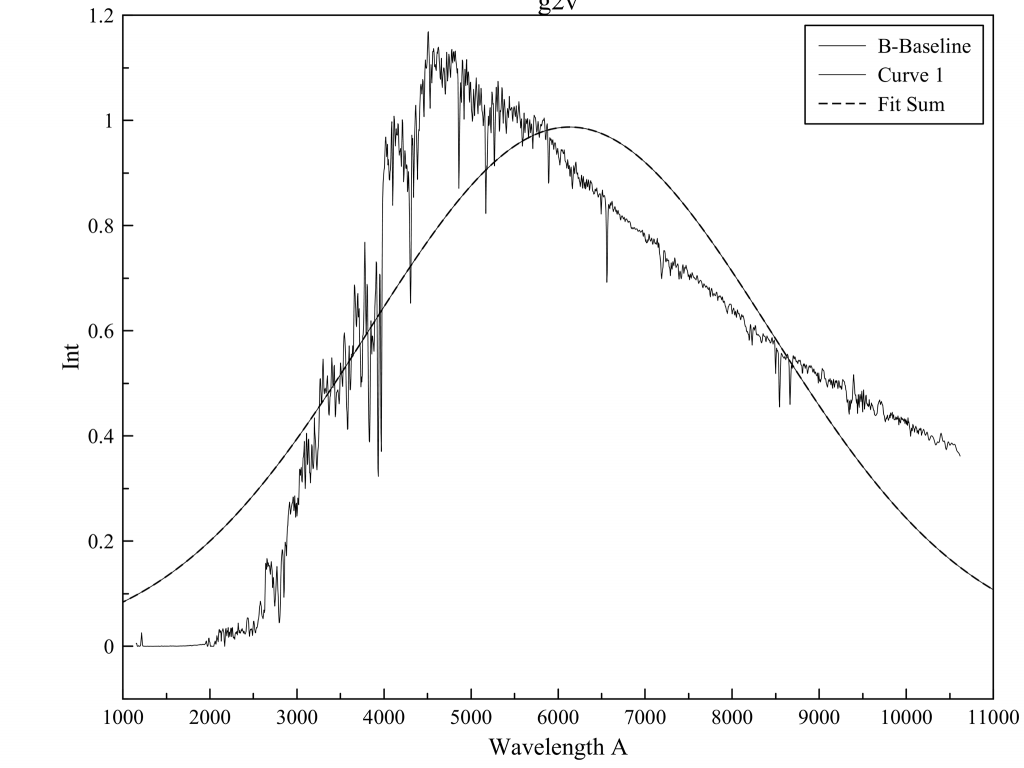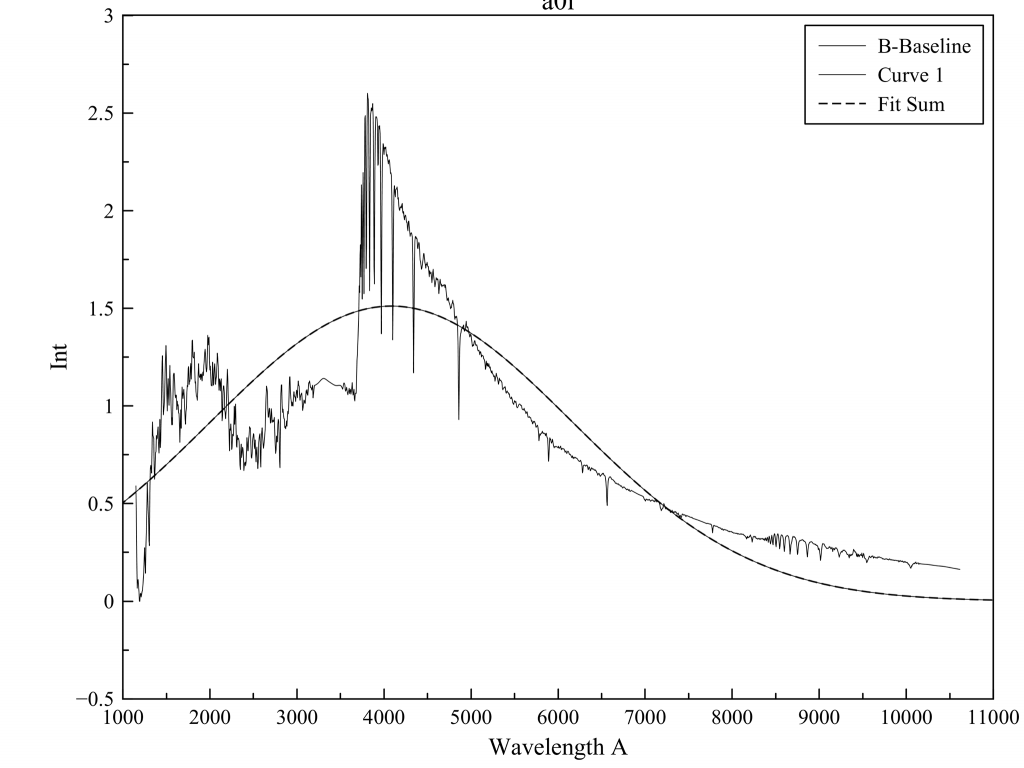Spectral Class of Stars: When an astronomer looks the sky, some basic questions should come in his mind. They are as follows:1. How stars do come into existence? What is their life?2. How stars maintain stock of energy?3. What happens to the energy radiated in to space?4. What is ultimate fate of universe?The life of a star is of million and million years with respect to our life of maximum hundred years, so how can we judge the whole life of a star in our life span. It is not better to observe the single star continuously over your life time, rather observe a huge set of stars and study their spectral class. The first impression and physical variable which come in picture is the color of star. In the world of modern physics, we know that it is a function of temperature (a black body radiation; λ * T = 2.8978×10−3 m⋅K) but it was very difficult to understand for our past heroes (Physicist and scientists) that color emitted by a star is basically a temperature effect and slowly all explanations goes in pocket of quantum mechanics.That was genius of Sir Joseph Fraunhofer who invented first spectrograph and Sir Norman Lockyer who told the temperature dependence of colors emitted by stars followed by Kirchhoff and Bunsen. The very first star examined, no doubt was our Sun, a gigantic burning amount of gas. Fraunhofer observed the dark lines in the spectrum but do not have explanation, until Kirchhoff came with theory that a very hot object emits all frequency of radiation and same get absorbed by the same element which emits it. The very interesting thing is that Kirchhoff did not know the model of atom and their quantum energy levels still very close to quantum mechanics.In the earlier age of astrophysics the stellar spectra was a riddle and the explanation of Lockyer was out of rule of physics i.e. he argued that the temperature of chromospheres of sun increases outwards and atom get stimulus and feels some kind of enhancement, which finally not known to the Lockyer. Lockyer also not explained why the heavy atoms resides on the upper surface of chromospheres like Ca and Na (Is gravity goes to holidays) and Why Sun’s stellar spectra dose not shows the absorption lines of different elements. Finally M.N.Saha came with answer for all unanswered question. Here, it is important about the sun that that was the very first star which was examined by the Astrophysicists. For the information point of view sun has different regions of activation like central core where hydrogen fusion take place due to enormous gravity, then photosphere, chromospheres, prominences, sunspots and spicules.Now come to point. Saha objected that rise in temperature outwards to any star is out of physics rule. But he was much aware about the statement of Lockyer. Lockyer told that atom gets stimulus and Saha argued that Lockyer was not fully incorrect. The atom suffers the combine effect of the temperature and pressure at that location as well as ionization potential of atom. Saha came up with his ionization theory which explained all is well.As per Saha’s theory, the degree of ionization of any gas depends on temperature, pressure and I.P. which Lockyer missed. You can get this formula in any book of Astrophysics. Basically, star gas always remains in the thermal equilibrium with its ion and electron pair. The gas ionized as per its I.P. and temperature and further recombined due to pressure.Now see and example, I.P. of calcium is 6.0 eV. The temperature inside the chromospheres is 7500 K and pressure is 1 atm. For this condition only 33% calcium atoms get excited. But at outer surface of chromospheres temperature is 6000 K and pressure is 0.0001 atm. In this case ionization is 95% of original neutral calcium atoms. So the finally ionization of any element in star is function of three parameters i.e. T, P, I.P.By the way the star divided in the different class was only based on their colors or can say temperature. The Harvard group of astrophysicists made a huge catalogue of star based on their colors and temperature is call Henry-Draper catalogue or (HD) catalogue. It contains details of more than 40,000 stars. The stars classified in W(WC &WN), O,B,A,F,G,R,N,K,S,M classes and each class have 10 subclasses like B0,B1….B9. It is given is table.Spectral type Temperature Color Spectral features RemarksO5-O9 40,000K-25,000K Blue – White Emission lines of He II and O II. Absorption lines of He II, He I, O II, Si IV, N III, and C III is dominant. H I is weak No star found earlier O5B0-B9 25,000K-11000K Blue – White Absorption lines of He I dominant. H II, O II are strong Some stars in OrionA0-A9 11000K-7500K White H II is very strong. Ca II is weaker Vega, Sirius, AltairF0-F9 7600K-6000K White-Yellow H II is weak. Ca II is strong. ProcyonG0-G9 6000K-5000K Yellow H II is weak. Ca II is at maximum strength. Sun, CapellaK0-K9 5100K-3500K Deep yellow-orange H II is very weak. Neutral metal lines are strong Arcturus, AldebranM0-M5 3600K-3000K Red H II is not present. Neutral metal lines are at maximum strength. Betelgeuse, AntaresR(C) 3000K Red C2, CN and TiO bands Carbon starsN(C) 3000K Red C2, CN and TiO bands Carbon StarsS 3000K Red C2, CN and TiO bands –The Image attached shows that Gauss sum fit of standard ESO data for a0i and g2v stars, where peak resides (shifted) for as per their color & temperature.Fitting using MagicPlotpro.CheersCepheid’s Observatory, RBT, India


